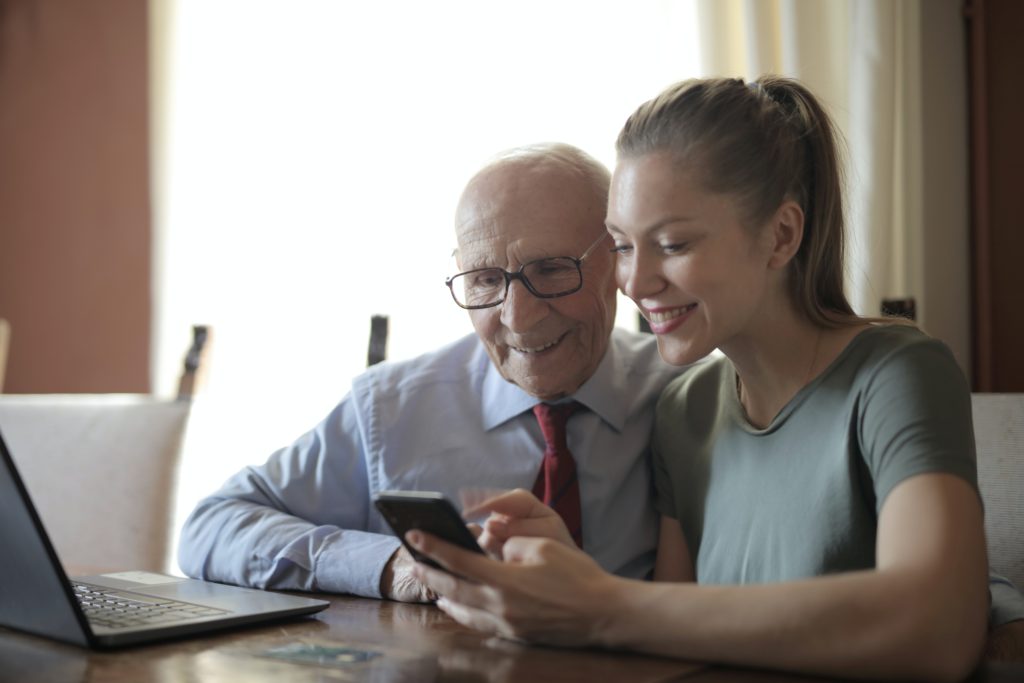There is a misperception that older adults are either uninterested in or incapable of using technological platforms for health care. However, most older people, 7 in 10, have and use a computer, smartphone, or tablet with an internet connection at home.
While most older adults have access to modern technology, there is a limited reach when it comes to using telehealth (e.g., only 11% feel comfortable using telehealth). Though, according to a University of Michigan poll on healthy aging, among older adults who had a telehealth visit, about half said the overall convenience of a telehealth visit was better than an in-person office visit (47%).
Using telehealth can be convenient, and sometimes a safer alternative, for older individuals. These folks may be unable to visit their healthcare practitioner in person without the assistance of a loved one or a dedicated driver, leaving them with few options unless they have access to telehealth services. Here are a few tips for introducing telehealth to older adults.
Plan for Telehealth Appointments
Planning appointments can help older patients navigate telehealth services. This could include writing down a set of instructions on starting their computer or tablet to access their telehealth appointment or setting up reminders about virtual healthcare appointment times in their calendar.
Some older people with moderate cognitive challenges may be able to use telehealth effectively provided they make a few adaptations or adjustments. For example, they may require a family member or aid to set up the telehealth account or begin the telehealth session.
Embracing Technology
For older patients who might need additional tech support, consider offering a visual presentation in conjunction with a doctor’s visit to walk them through the process. And be sure patients are set up for success by including accessibility features such as closed captioning for people with hearing impairments.
There are several opportunities and policies available to help bridge digital challenges. For example, the Centers for Medicare & Medicaid Services will reimburse telephone visits at rates matching in-person and video visits, helping those who cannot use video visits.
Building a Rapport with Patients
Meeting virtually for a health care visit can feel a little awkward at first. Reassuring older patients will help them become more comfortable over time. Looking directly into the camera as much as possible to mimic eye contact helps establish a connection with the individual. Use clarifying and reflective techniques to avoid miscommunication and misinterpretation of the older adult’s emotions. Recognize that telehealth can make communication more challenging (e.g., by clarifying confusing body language vocally).
Creating an equitable telehealth system for older individuals is essential. The health system must acknowledge that in-person visits are challenging for some, such as people living with dementia or social isolation. It’s also important to recognize that telehealth is a tool for health care providers, and it may be an unwelcome alternative for some patients. Clinics and geriatric care approaches, such as home visits, are critical for these individuals.

